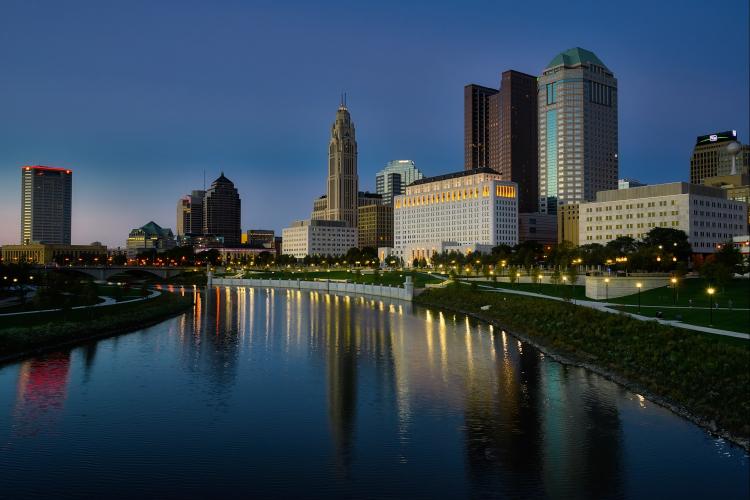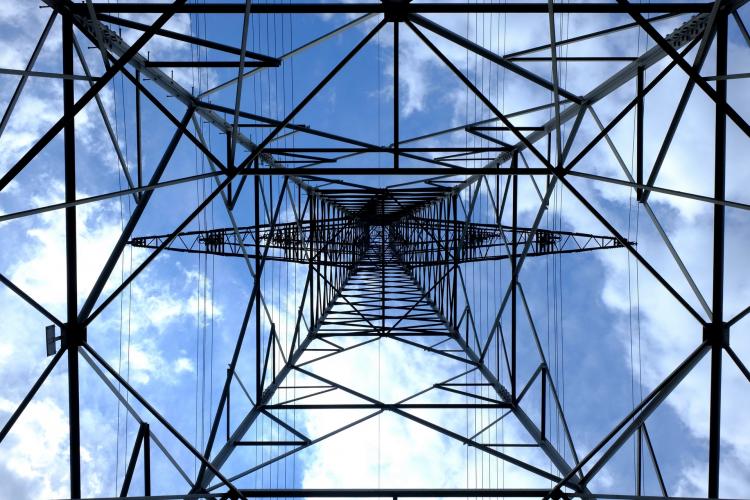MEEA’s Guide to Stakeholder Collaboration
As a membership organization that includes utilities, businesses, advocates and government agencies, MEEA knows the power of collaboration. Time and again, we’ve seen first-hand that when diverse groups sit down at the table together, we’re able to harness our collective expertise and experience to find solutions that work for everyone.
And we’re not the only ones who think collaboration is a powerful tool. Several states in the Midwest currently convene collaborative groups to promote energy efficiency.








